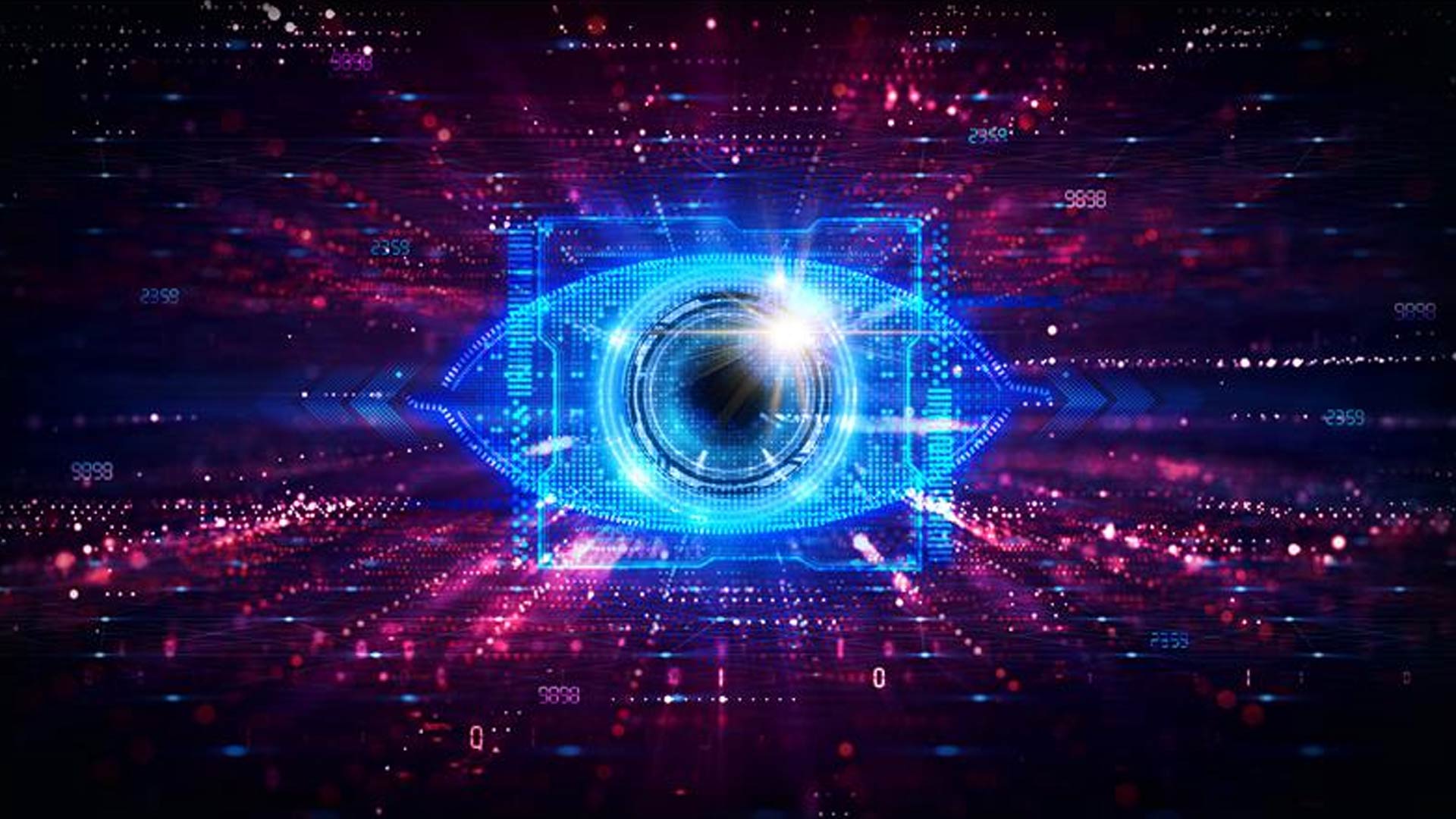
For humans, it is easy and see and identify an object. The human eye and mind have been designed intricately and a lot of processes work at the back end to accomplish this task. But imagine a machine doing this. A robot watching a beautiful furry black cat with its artificial eyes and accurately detecting what that thing is nothing more than a miracle.
Yes, we humans have achieved this level of technology where a computer system can see, identify, analyze, and detect any kind of object. This is called computer vision technology. Currently, this field of computer science has been gaining rapid traction because of its wide applications. According to Statista, the Computer Vision market size is expected to reach a market value of $26.27 billion by 2024. Not only that, computer vision engineers earn huge salaries ranging from $100,000 to $200,000 in the US (as per Glassdoor).
So, what is this incredible technology, and why it is trending so much? Let us explore everything you need to know about Computer vision technology.
What is Computer Vision?
Computer vision refers to the field of artificial intelligence where a system is capable of accurately identifying and recognizing an object. Be it an animal, a face, a situation, a fair, or anything, the computer system can watch, analyze, and identify that particular thing. This technology uses digital images and deep learning models through which they can perform this task efficiently.
Computer vision in AI focuses on creating systems that can understand images and videos just like humans. It teaches computers to look at pictures or videos closely, analyzing each tiny dot of information. This is the core of computer vision. Technically, computers will try to pick out visual details, organize them, and use advanced software to figure out what they mean.
How does Computer Vision work?
Computer vision works by enabling machines to interpret and understand visual information, such as images or videos, similarly to how humans do. The process involves several key steps.
Applications and use cases of Computer Vision
Over time, Computer Vision Technology has evolved rapidly and is now used in a variety of industries. Here are some most used computer vision applications.
Computer vision is widely used for facial recognition systems, enabling applications like unlocking smartphones, identity verification, and surveillance.
In self-driving cars, computer vision processes visual data from cameras and sensors to detect obstacles, pedestrians, and road signs, contributing to safe navigation.
Computer vision aids in medical diagnostics by analyzing images from X-rays, MRIs, and CT scans, assisting in the detection and diagnosis of diseases.
Industries utilize computer vision for real-time object detection and tracking, enhancing tasks like inventory management, security monitoring, and production processes.
Computer vision is fundamental in AR and VR applications, enabling the overlay of digital information onto the real world or creating immersive virtual environments.
Computer vision systems inspect and analyze products on manufacturing lines, ensuring quality by identifying defects, measuring dimensions, and verifying adherence to specifications.
Benefits of Computer Vision
There are several benefits of computer vision which can immensely benefit humans as they can automate several tasks with the least human interventions. Some noticeable benefits include:
Limitations of Computer Vision
But, just like any other technology, computer vision has its disadvantages such as:
Enhance your Computer Vision Skills with the best AI and ML Certifications
Computer Vision in AI will be growing rapidly in the coming years. The demand for computer vision engineers will be on the higher side in 2024 and years beyond. But there would be a cut-throat competition in this field too because of the number of opportunities this field will be offering.
It is recommended that students and professionals enhance their computer vision skills with the best AI and ML certification programs like the one offered by USAII®. Certifications won’t only help you gain the industry-relevant skills and knowledge, but will also help validate your expertise and demonstrate your commitment towards professional development.
Conclusion
As the world progresses, we can see even wider applications of computer vision technology. We will be seeing huge growth in this market and huge professional growth as well. As a society, and as an individual, we must be ready to accept the transformation this technology is bringing and must be ready to grab any opportunity, that comes with it, for our personal as well as professional growth.
Follow us: